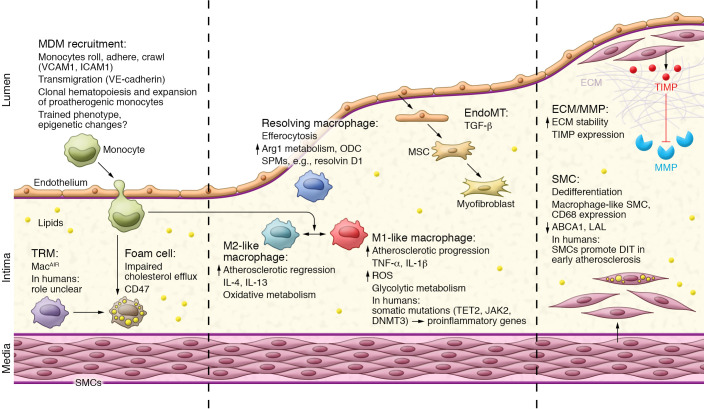Figure 1. Overview of macrophage function through the stages of atherosclerosis.
In the early stages of atherosclerosis, when cholesterol is abundant in the intima, MDMs are recruited via endothelial interactions and differentiation and, together with TRMs, engulf excess lipids to become foam cells. Certain macrophages adopt a proinflammatory M1-like phenotype that promotes inflammation and the formation of a necrotic core. During disease progression, endothelial cells can undergo EndoMT, and SMCs dedifferentiate into macrophage-like SMCs to become foam cells, all of which contribute to the growing plaque. To accommodate the growth in plaque size, ECM remodeling occurs through MMPs and, if the ECM is reduced and the SMC fibrous cap thins, plaques are prone to rupture. During disease regression and if cholesterol metabolism and efflux are efficient, macrophages take on a pro-resolving M2-like phenotype. An increase in M2-like macrophages alongside SPMs promotes inflammation resolution and plaque regression.

